20 Mar Expert Blog: Improving the Customer Journey Using Design Thinking
What is design thinking, and why do we need it?
Theorised by the Stanford d.school during the 1980’s, design thinking is a methodology that combines much of what designers already have in their toolkits; deep empathy for their users, willingness to experiment, and problem-solving. Using this thinking-based framework, you can improve your customer’s journey based on what they really deeply desire, instead of relying on purely historical data or the whims of your intuition.
Empathise
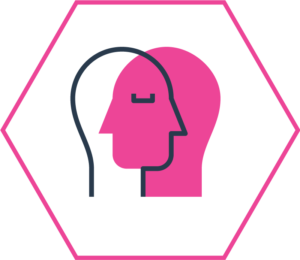
Empathy is at the core of the design thinking system. Empathy is getting into the mindset of a user with a clean slate, no prior knowledge or previous conceptions clouding your thoughts. You must put yourself into the shoes of a total beginner to discover new user needs and current roadblocks. Besides imagining yourself as a user, you should also consult experts in the field, gathering as much information as your time allows. What you discover can sometimes be painful, realising your product isn’t as perfect as you thought, but it’s a necessary part of the process.

For example, when the Stanford d.school first started teaching design thinking, a team of students was assigned the very real-world problem of infant mortality from hypothermia – a common problem in third world countries. Without using empathy, the team first thought of designing a more cost-effective incubator for hospitals to afford. After actively using empathy, they realized many parents in these affected countries practiced at-home births, either due to cost or simply because a hospital may be 30+ miles away. On top of not having access to a hospital, they may also not have access to electricity, rendering their first idea moot. The solution was Embrace, a portable, hot-water heated incubator that resembles a tiny sleeping bag to keep the newborns warm in harsh climates. Embrace is now a full-fledged company of over 90 people and has helped over 3,000 babies worldwide.
You can connect your customer journey to design thinking by simply starting from the very beginning. For our example, we’ll be looking at Becca, a customer wanting to order some pizza on a Friday night. You own a pizza shop that happens to be right around the corner from Becca. Previous to design thinking, you may assume your restaurant would naturally be the first choice as she likely passes by your establishment daily. Using empathy, and putting yourself in Becca’s mindset, you may discover that she starts her search on her phone for the best pizza in the area. Depending on the number of positive reviews you have, how quickly she can find your menu online, and how easy the online ordering process is, Becca might not pick your establishment for her pizza needs. You need to uncover all these factors that could sway her decision to your competitors and then adjust the customer journey accordingly.
Define
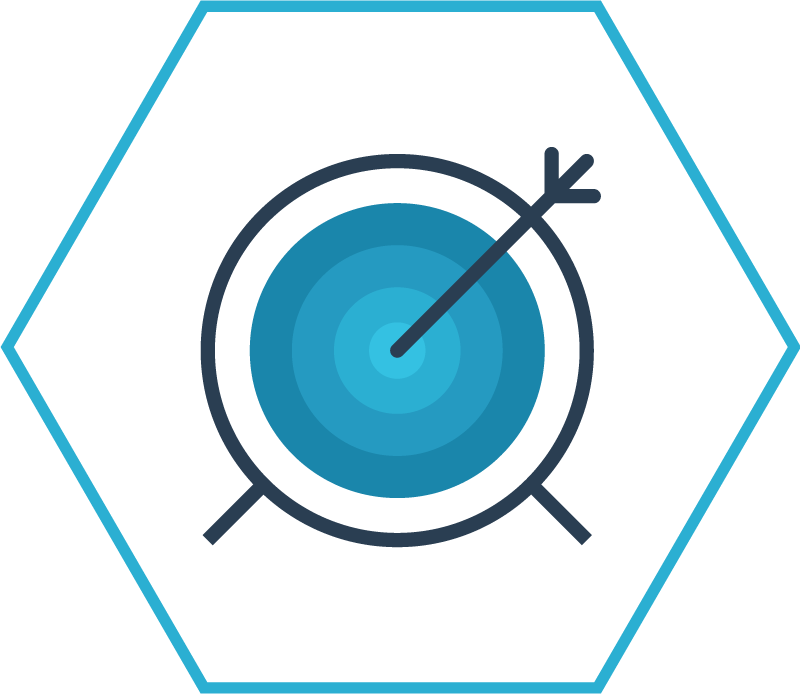
The define phase allows you to analyse your findings from the empathy phase and amalgamate them into a problem statement, in the form of a point of view (POV).
A POV answers 3 questions:
- Who is your user? (as detailed as you can make it)
- What is their unsolved need?
- Why is this profound?
The define step is about reframing your company’s wishes into your customer’s needs. GE Healthcare, for instance, was having problems with their MRI scanner and their paediatric patients. Unless the children would stay very still, the scans would often take much longer than needed, and could possibly need an entire rescan. Paediatric patients going in for MRI scans would be very scared and anxious, due to the starkness of rooms, hospital lighting, and the incredible cacophony the machine outputs. Patients would have to be unnecessarily sedated just to get a scan done.
When reframing it through their patient’s problem instead: “Children who are sick need to feel as comfortable as possible with eased anxiety when undergoing MRI scans”, innovation happens. The results were their Adventure Series Rooms, showcased at the University of Pittsburg Hospital. Room themes included a pirate adventure where children were asked to walk the plank to be scanned, an underwater room with disco bubble lights where children would enter a yellow submarine and listen to harp music while being scanned, or a camp-themed one where children are scanned in a cozy sleeping bag under a stargazing setting.
When writing your POV, it should contain these elements:
- Reframe the problem from your users’ perspective.
- Inspiration for innovation.
- Narrow enough so you are not solving every problem for every person.
For our article’s example, POV might look something like this: “Becca is a 27-year old female who deals with a full work week and a busy commute by public transit. She needs a way to order local pizza quickly from her phone, and as painless as possible.”
With your POV written, you’ll be able to put together key parts and features of your solution.
Ideate
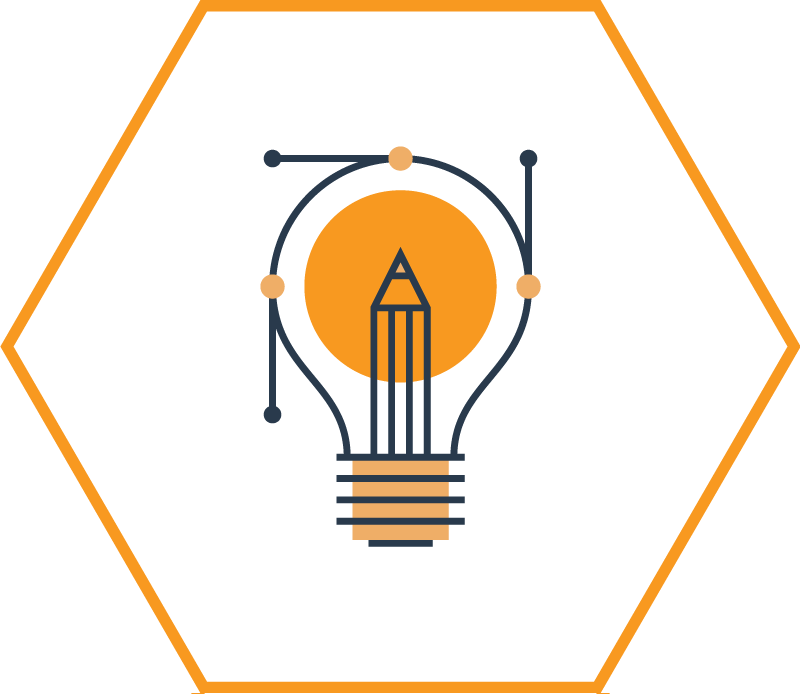
The ideate stage, often the most fun, is where you brainstorm and generate ideas from your gathered data and POV. When brainstorming, write down any and all ideas to keep your thoughts flowing and stimulate creative problem-solving. Alex Osborn, also called Father of The Brainstorm, created 2 simple rules for a successful brainstorm:
- Defer judgment: Especially when brainstorming with a team or group, no one should be criticised for coming up with something considered wild or outrageous. Shoot for the stars!
- Reach for quantity: The more ideas, the more likely something innovative will come up.
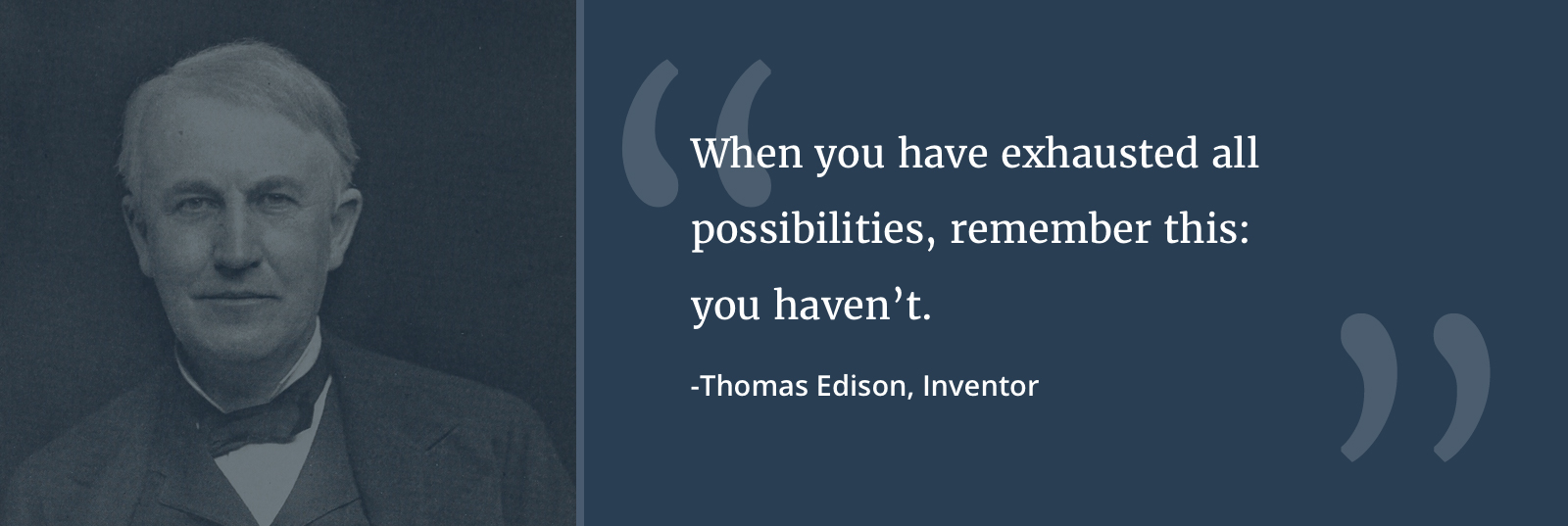
To help produce ideas, use your POV as a foundation for creating “How might we…” statements to solving your user’s problem. Using our POV of Becca, you could come up with something like: “How might we make ordering pizza a great experience on her phone without having to call our restaurant?” Or “How might we make ordering pizza while on public transit easy, so she could have her pizza ready by the time she reaches our restaurant?”
Once you have all your ideas written down, you can begin narrowing them down and move onto prototyping.
Prototype

The biggest aim of this experimental phase of design-thinking is to drill down to the best possible solution through iterations of prototypes. For bigger companies, the prototype phase is mainly helmed by designers and engineers. This is also a good opportunity to try out competing solutions that came out of the ideate phase in a real-world way instead of arguing in the brainstorm sessions.
A non-profit meal service in Denmark, the Good Kitchen, used design-thinking at first to decide on menu items for their elderly clients. By the prototyping phase, they had learned so much it completely changed their company’s meal service plan. Through prototyping, they discovered less food could be wasted by making their menu more modulated.
Prior to design-thinking, the Good Kitchen pre-packed larger meals, combining items like meats, starches, vegetables, and sauces all together. They found their customers were much happier with the flexibility and control of having each of these items separated so they could build their meals, in case someone wasn’t a fan of potatoes or wanted more vegetables instead.

For our use case of Becca, the restaurant could try designing quick mock-ups of a website or mobile business app to see which one has the least friction to adopt, which one would cost the least, which one would be the quickest to launch, and ultimately, which one resolves their users’ problem the best.
Test
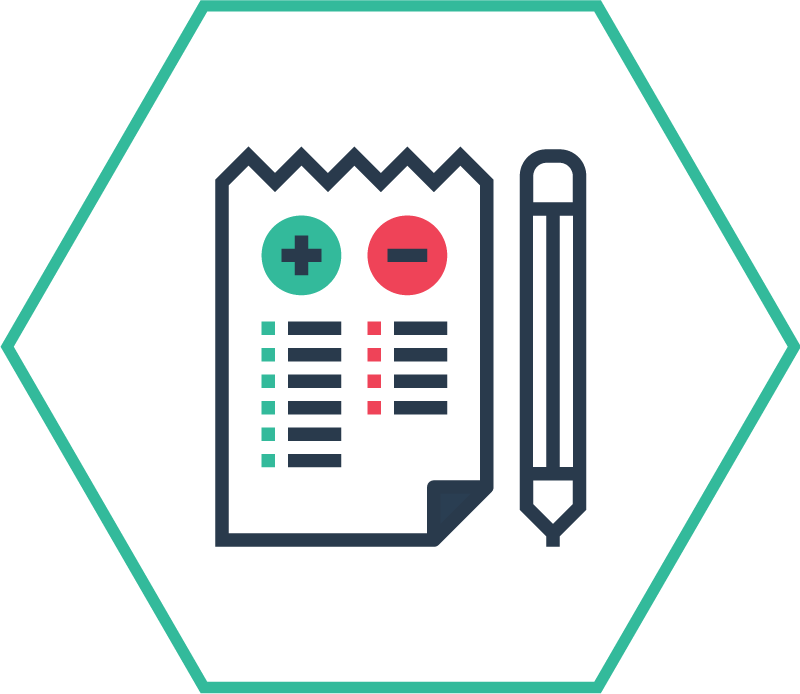
The last phase of design thinking is to bring your prototype into the real world and test early and as often as you can in the design process. Objectives for testing are:
- What specifically are you testing?
- What do you want to find out?
These objectives will dictate the kind of people you put together for testing, the environment you test in, the types of questions you ask, and how you will gauge your success.
For good test users, you want recruits to be able to understand the goal of the project and have the ability to voice their opinions clearly. A bonus is someone who has no prior knowledge of your company or brand, so you get to work with a blank canvas.
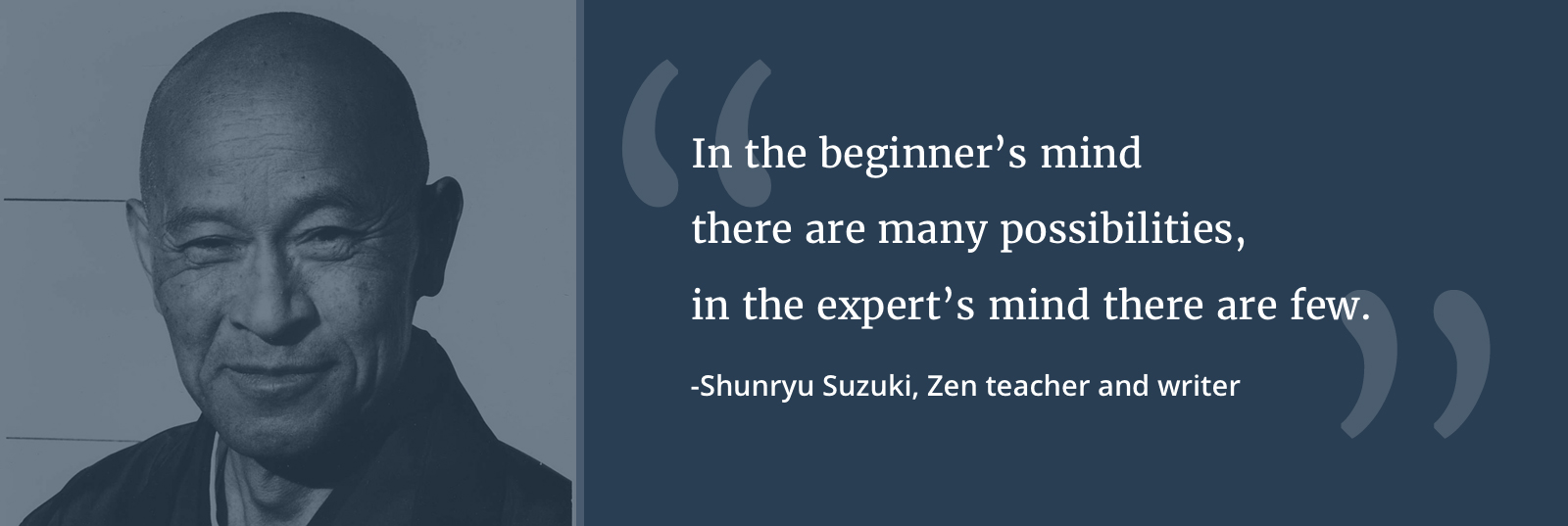
You’ll want to test your recruits in as close to a real-life setting as possible. Most importantly, you want your test to have little explained by you. Let your users explore and figure their way through the objective. Your goal is to observe any challenges or stumbling blocks they face while testing, opportunities for improvement, and any successes.
For our example, the restaurant could discover that though the website would be quicker to access, the app had the potential for a speedy online ordering process that was mobile-friendly. Another discovery could be that their chosen icon for mobile ordering wasn’t intuitive, so they may go back to the prototyping phase and try a different, more distinct icon. It could also be something as simple as a button colour not being obvious enough, causing some slowdown in the ordering process.
Design thinking is iterative and non-linear
It is important to remember that at any point in the design thinking process, you can, and should, go back to different phases to restart the process again. Design thinking is absolutely non-linear. Discovering new opportunities for improvement, finding a different POV, or a new breakpoint to test, is the whole point of design thinking and allows for the most innovation.


